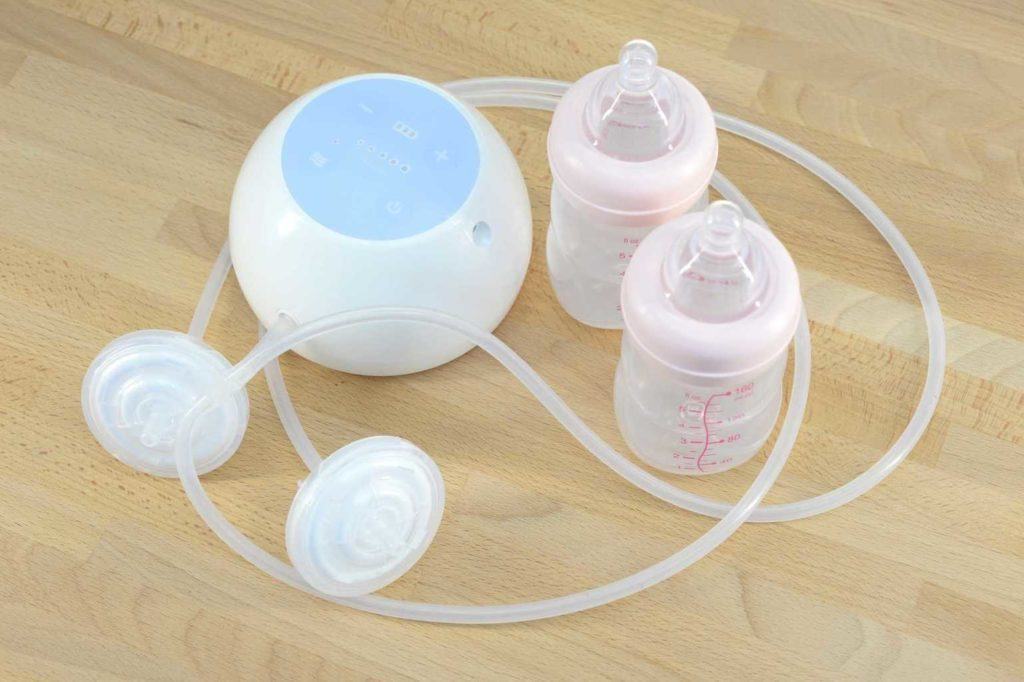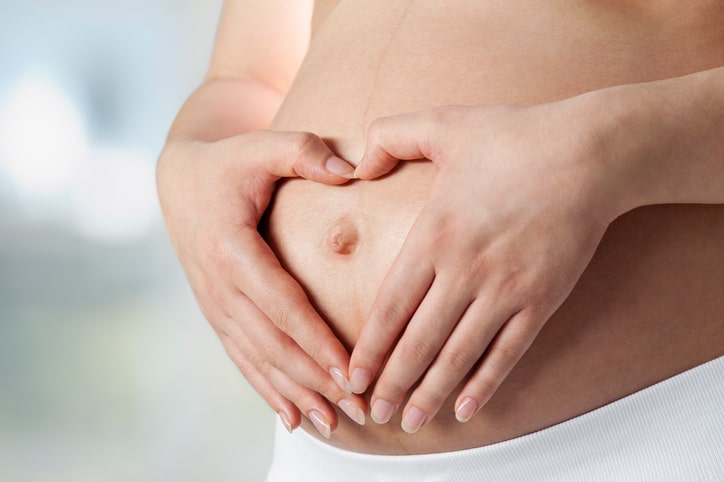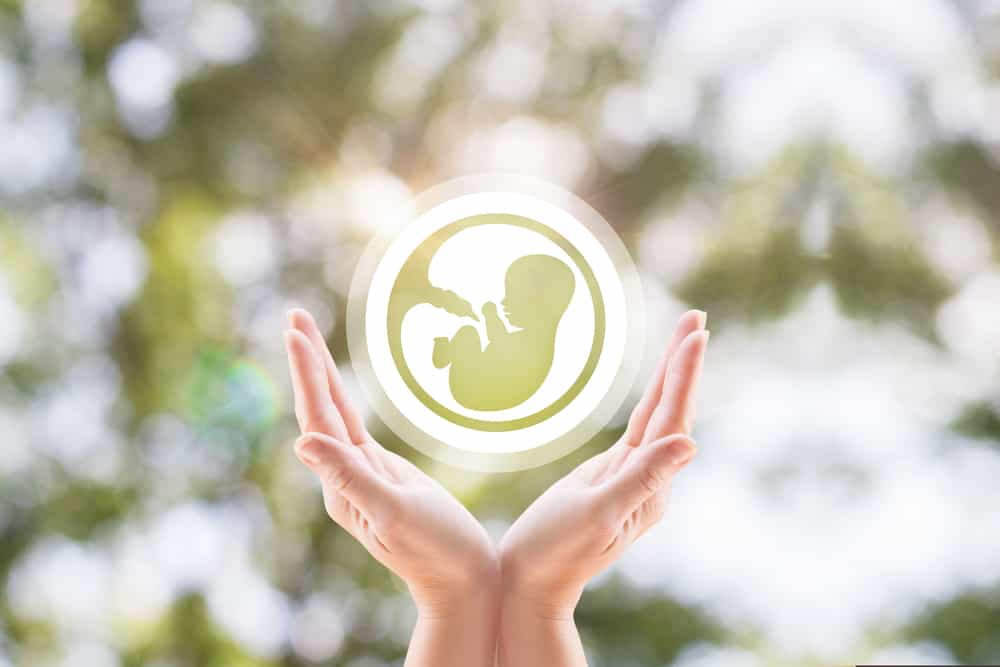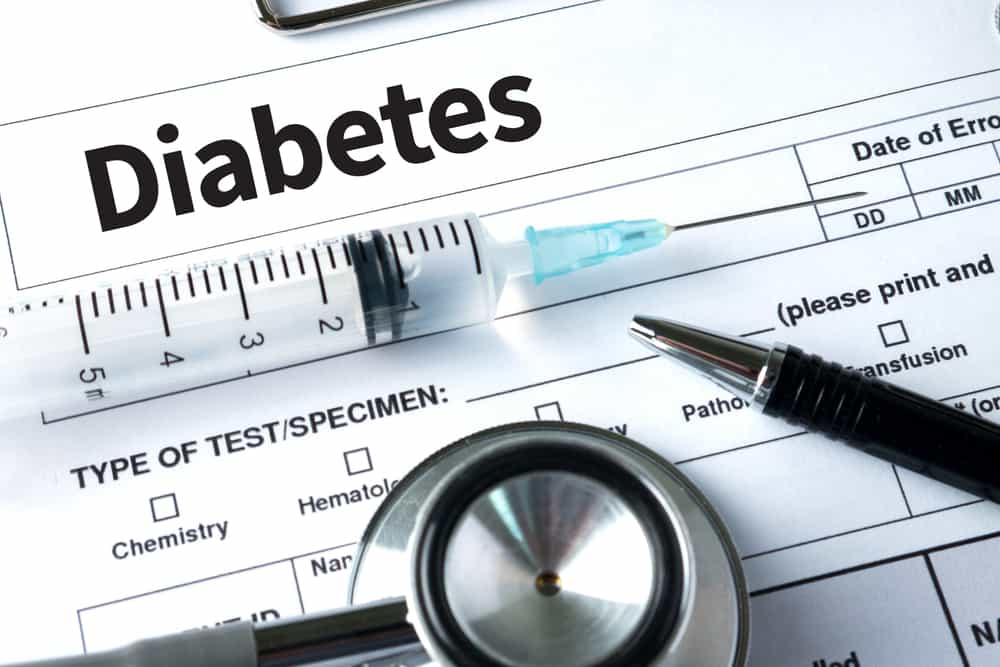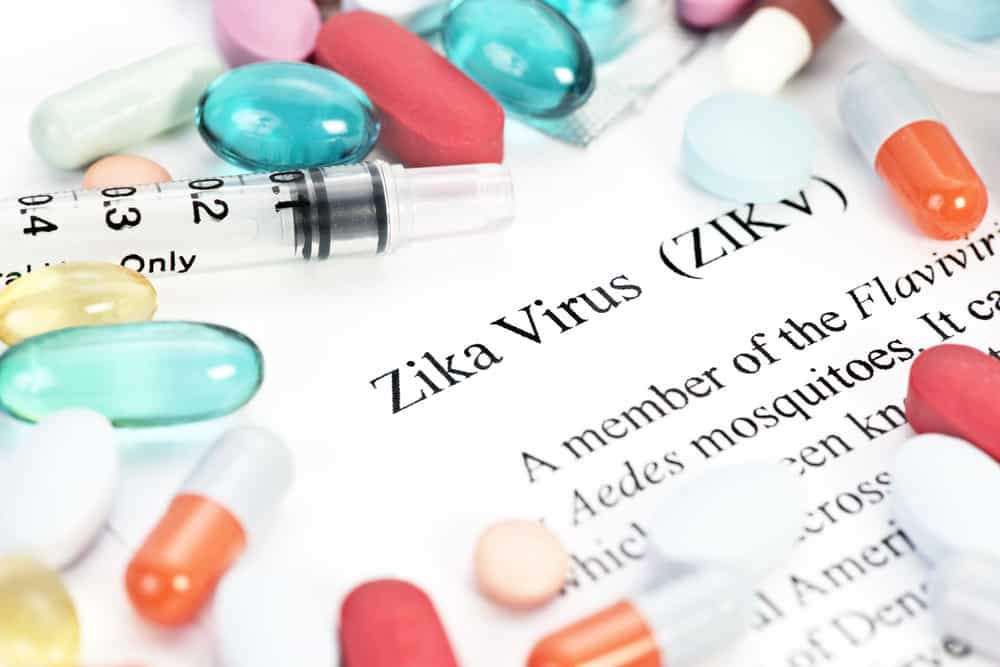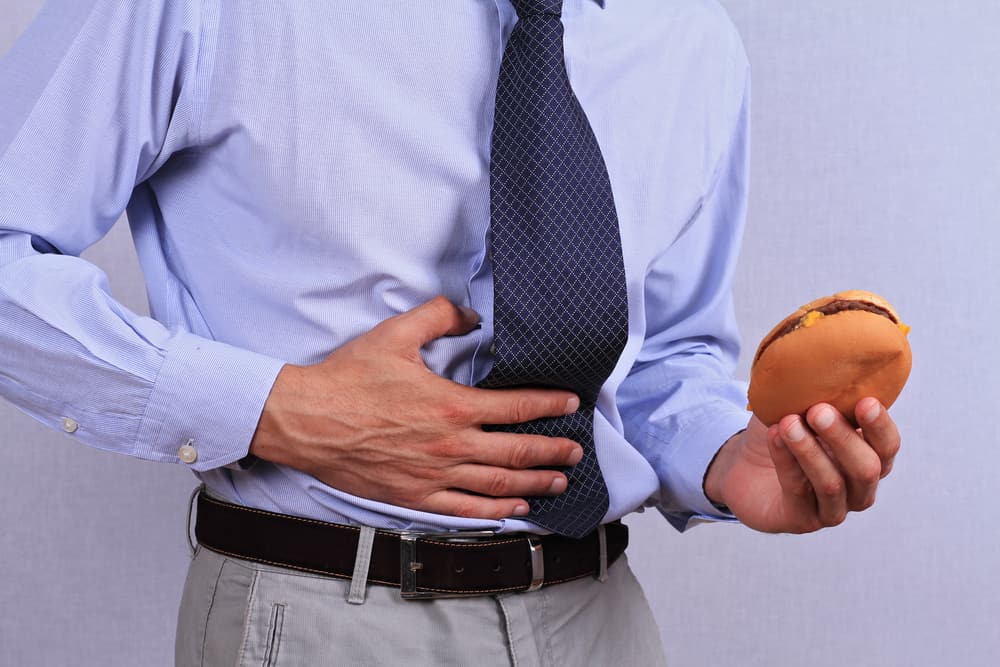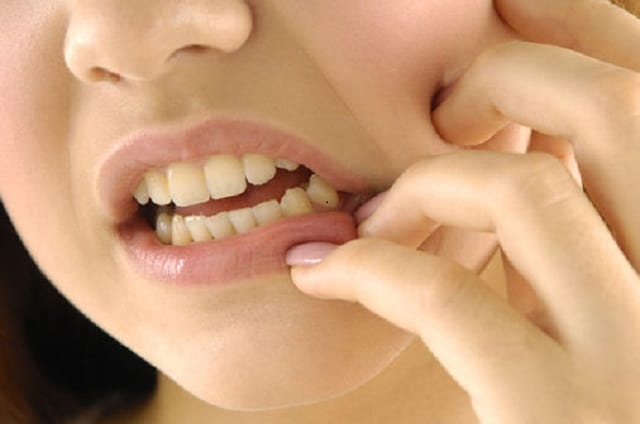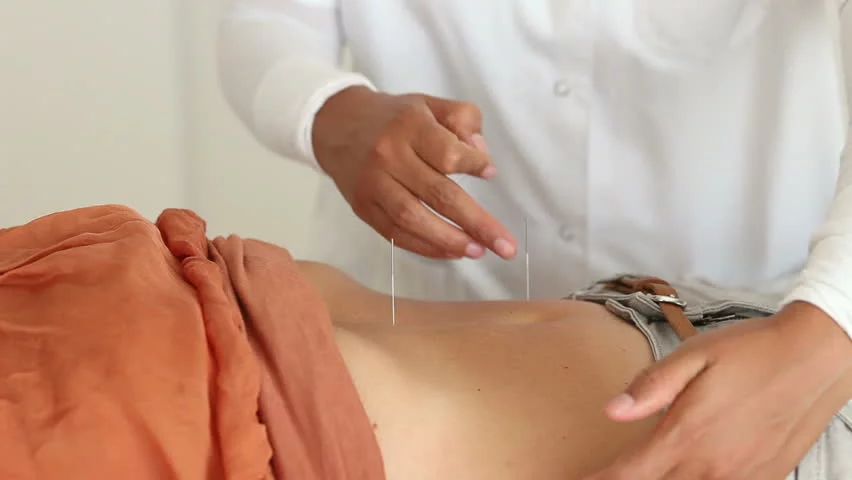Contents:
Medical Video: Breastfeeding
The process of producing breast milk occurs automatically after a mother removes the placenta from her body. Your body has spent nine months supplying food indefinitely to the fetus inside you, and will now be prepared for hormone replacement that will allow you to feed the baby from the outside. The levels of the hormones estrogen and progesterone decrease dramatically after birth and the level of the hormone prolactin (one of the hormones responsible for lactation) increases dramatically to activate milk-producing cells from your breast.
But even though milk-triggering hormones have appeared, milk cannot be produced without the help of a third party, your baby. When your baby starts to suckle in your breast, your prolactin level increases, which will increase milk production. Starting from the first straw, the production cycle will form naturally, which ensures that the milk supply will continue to be stable.
Your baby absorbs milk from your breast (demand) and your breasts produce milk (supply) More and more demand (request), more and more supply. Whatever makes your baby reduce drinking milk from your breast, it will also reduce it automatically supply ASI. Rarely breastfeeding, too short a breastfeeding time, or ineffective breastfeeding can quickly result in reduced milk production. Think of it this way: the more milk the baby needs, the more milk the breast will produce.
How does milk flow
It's not enough just to produce milk. If not released from small sacs where milk is produced, the baby will not get milk and milk production will decrease. Therefore, there are important factors that influence the success of breastfeeding, namely the flow reflex, which allows milk to flow.
This reflex occurs when your baby suckles, which encourages the release of the hormone oxytocin which stimulates milk flow. Reflex signals are activated every time the baby suckles (at least, for your body), when your baby wants to suckle, or even when you are only thinking about your baby.
How milk changes
Breast milk is not similar to formula milk. The composition of breast milk will change at each time of breastfeeding and even in one breastfeeding session. The first milk that flows when your baby starts breastfeeding is foremilk. This milk is also called "thirst reliever", because the texture is runny and low in fat. As the breastfeeding takes place, your breasts will produce and release hindmilk which is high in protein, fat, and calories.
If you make a breastfeeding session too short, your baby will only get it foremilk non fat ones hindmilk which is more nutritious, causing the frequency of fussy famine babies to occur faster, even inhibiting weight gain. Make sure at least one breast can be sucked out by your baby to ensure he gets a portion hindmilk adequate.
You will be able to find out if your baby has consumed enough milk from one breast if your breasts feel much softer when breastfeeding is finished. (Keep in mind that the breasts are never completely empty; there is always some milk available and there are always some that are produced.) You will also see the milk flow drops to droplets and your baby sucks less than when your breasts are full of milk.
Contact your doctor or health professional for help and advice if you have questions.

